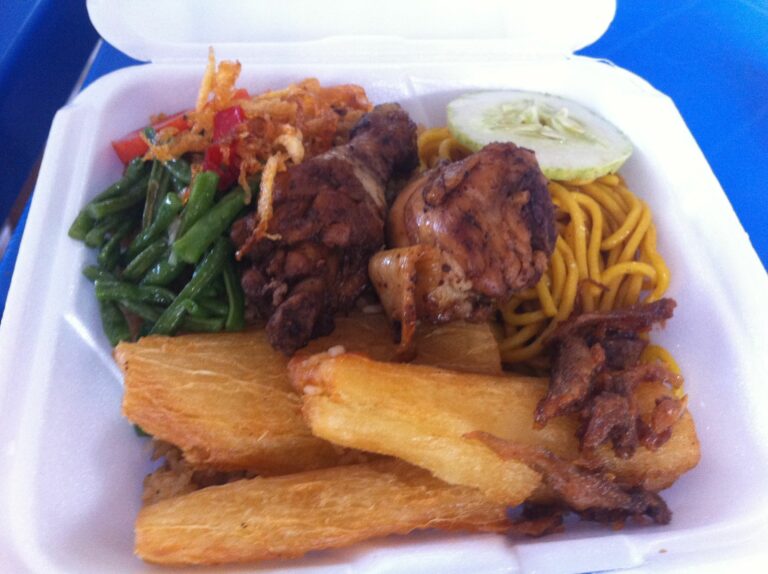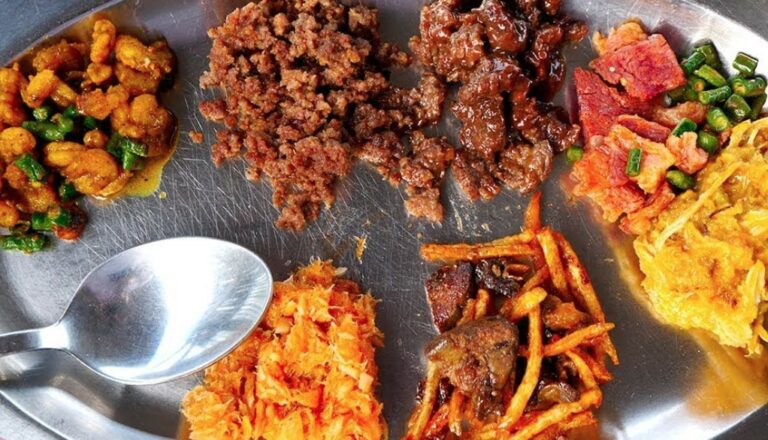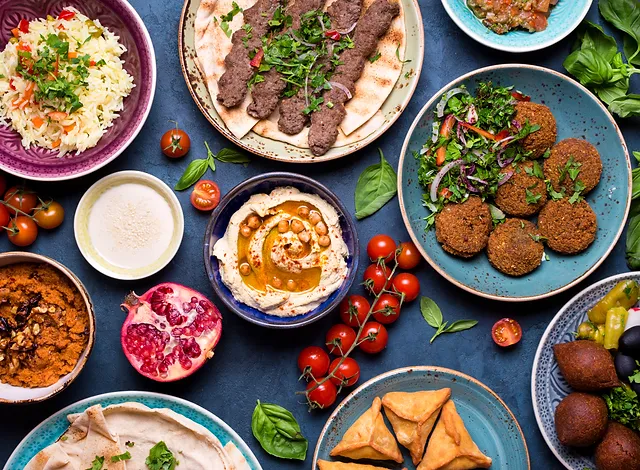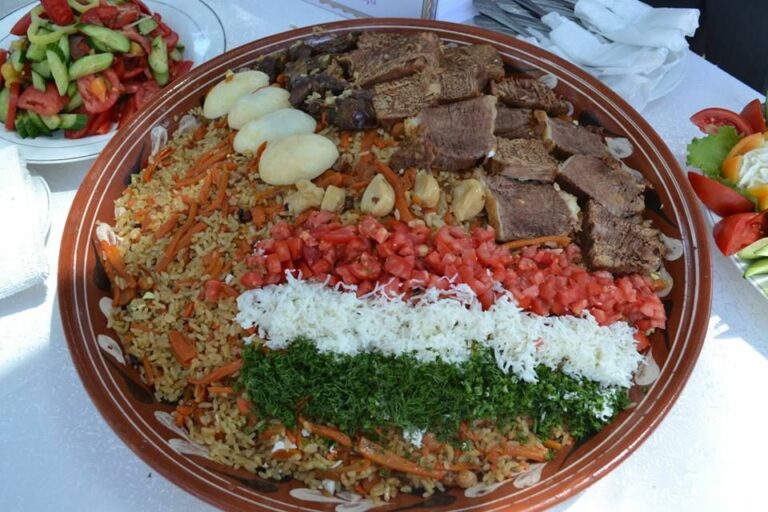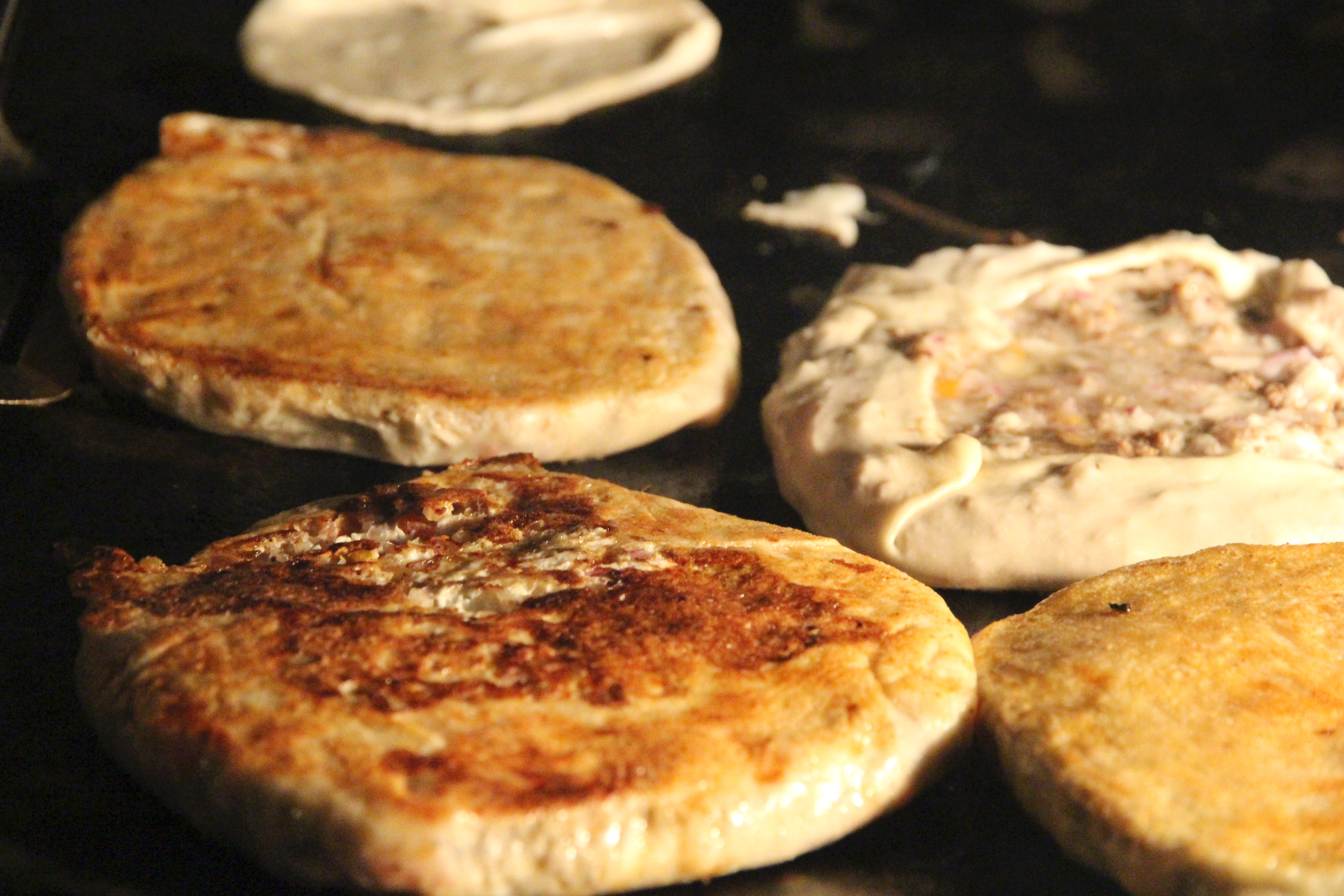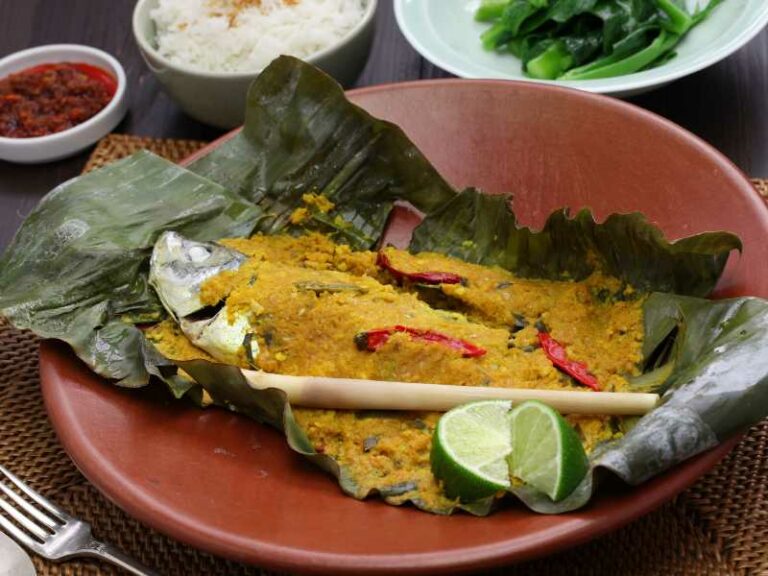Introduction: Surinamese Cuisine
Suriname is a small country located on the northeastern coast of South America, with a population of around 600,000 people. Its unique location has made for an interesting blend of cultures, with indigenous, African, Indian, Chinese, and Dutch influences all playing a role in the country’s history and cuisine. Surinamese cuisine is often described as a melting pot of flavors, reflecting the diverse heritage of its people.
The African Influence on Surinamese Culture
The African influence on Surinamese culture is significant and can be traced back to the days of slavery. The Dutch colonizers brought African slaves to Suriname in the 17th century to work on the sugarcane plantations. These slaves brought with them their own traditions, including their cuisine. Over time, this cuisine was adapted and transformed to include local ingredients and cooking techniques. Today, African influences can be found in many Surinamese dishes.
African Ingredients in Surinamese Cooking
African ingredients are an essential part of Surinamese cooking. One of the most iconic ingredients is okra, which is used in many dishes to thicken sauces and stews. This vegetable was brought over from Africa and quickly became a staple in Surinamese cuisine. Other African ingredients commonly used in Surinamese cooking include plantains, cassava, and yams. These ingredients are often used to make starchy side dishes or as a base for soups and stews.
Traditional Surinamese Dishes with African Roots
Many traditional Surinamese dishes have African roots. One of the most well-known dishes is pom, a casserole made from grated cassava, chicken, and spices. Pom is believed to have originated from West Africa and was brought to Suriname by the slaves. Another popular dish is brown bean soup, which is a hearty stew made with brown beans, meat, and vegetables. This dish has its roots in African cuisine and is still a favorite among Surinamese people today.
The Legacy of West African Slavery in Surinamese Cuisine
The legacy of West African slavery is evident in Surinamese cuisine. Many of the dishes that were created during slavery times are still enjoyed today, and the techniques and ingredients used have been passed down through generations. The use of okra, for example, is a direct result of the influence of African slaves. The popularity of stews and casseroles in Surinamese cuisine also reflects the African tradition of one-pot meals.
Conclusion: The Richness of Surinamese Gastronomy
Surinamese cuisine is a reflection of the country’s rich cultural heritage. The African influence on Surinamese cooking is evident in many dishes, from the use of okra to the popularity of stews and casseroles. Traditional dishes like pom and brown bean soup have their roots in West African cuisine and have been adapted to include local ingredients and cooking techniques. The legacy of West African slavery has left a lasting impact on Surinamese gastronomy, making it a unique and flavorful cuisine.

